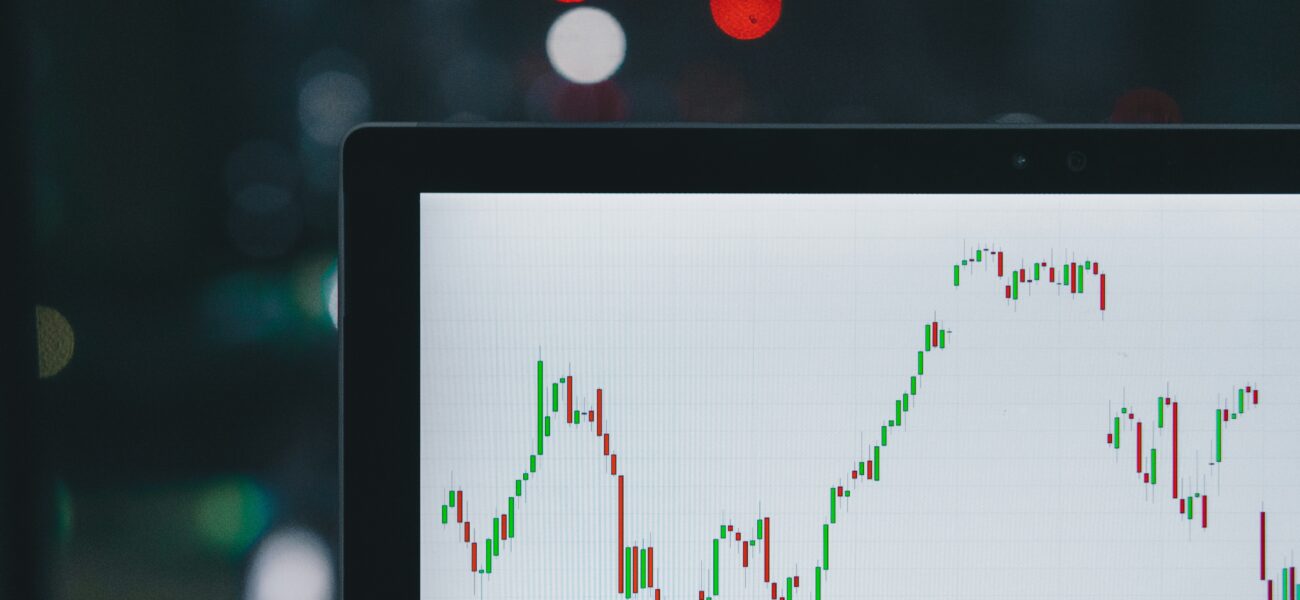
What is energy intelligence?
In a nutshell, energy intelligence is the use of data and all information sources to optimize trading and use of different energies. “Optimization” refers both to financial efficiency and operational performance.
The economic stakes are enormous. For companies, consumers and all types of organization, energy expenditure is a key component and reducing its cost is a legitimate priority shared by everyone. The availability of quality data enables large industrial consumers, as well as energy suppliers, to optimize their purchases and, ultimately, reduce their bills.
… and why has energy intelligence become so strategic?
In transnational, open energy markets, particularly in Europe, the law of supply and demand can lead to sharp, sudden price fluctuations that require constant, hour-by-hour monitoring. This volatility is even more acute given the growing geopolitical tensions worldwide, which can also have a direct impact on prices. In the longer term, data analysis tools also facilitate strategic investment decisions on energy infrastructures for investors and manufacturers. For all decision-makers, public and private, energy intelligence has become an indispensable fuel.
What role does energy intelligence play in the energy transition?
Energy consumption is the main cause of greenhouse gas emissions. By optimizing the management of wind farms, solar farms and hydroelectricity, energy intelligence increases the attractiveness of renewable energies and promotes their integration into the energy mix of both companies and governments – achieving their ambitious targets would not be possible without energy intelligence.
However, the energy transition is a further complicated factor. Julien Hoarau, Head of Economic Research (Energy Market Analysis) at ENGIE, cites among other things the increased impact of the weather on the data to be analyzed:
“Before, the weather mainly impacted consumption, but now it also has an influence on the production of solar panels, wind turbines, hydraulic dams and so on. As a result, the system has become much more volatile, requiring us to analyze data we didn’t previously consider. When we analyze the weather now, we must factor in all the parameters: sunshine, cloud cover, wind speed, rain intensity, etc.”
How is the energy sector’s information offering structured?
The energy intelligence market has developed in response to the growing complexity of energy markets themselves. Data providers and information processors come from diverse backgrounds and offer a variety of approaches: energy producers and distributors, major economic and industrial media, international and national organizations, specialized private consultancies, innovation labs and research institutes, financial organizations active in the energy sector… a labyrinth in which the user can easily get lost!
Why ENGIE is ideally positioned to provide reliable, value-added information?
As Julien Hoarau points out, “We are backed by a company that’s physically active in the energy market,which is a key differentiator. We’re not just consultants, we actively participate in the business of ENGIE, an international company present in virtually every sector and segment of the energy market”.
Because of its history and previous joint venture with Société Générale (Gazelys), ENGIE also has a strong financial culture. ENGIE’s Head of Economic Research recalls the origin of EnergyScan:
“The aim of EnergyScan is to enable anyone who is not necessarily an expert in gas, electricity, renewable energies or environmental certificates markets, to access relevant information and understand what’s important.
The idea was to start with traditional services and migrate towards a real product, with a more advanced, digital service that provides customers with more information, and also gives them the possibility of personalizing it. So, we worked hard to create this digital tool that integrates all our marketing intelligence. Our daily newsletters are very concise – just a few different paragraphs on electricity, on gas, or on macroeconomics, etc. We also organize webinars and podcasts, albeit less frequently. We try to keep these short and to the point. Finally, we have a chat room and a small reactive team. We’ve been told on several occasions that this is a strong point: users appreciate the fact that it’s not just a platform, but that there are real people behind it to answer questions. And that’s another thing that sets us apart ”.
The public response has been positive: to date, Energy Scan has more than 2,000 external users, to whom it offers around 3,000 tables and graphs updated daily. Its geographical coverage includes some 40 countries in Europe, the United States and Asia-Pacific.
And now…
Energy Intelligence is already profoundly transforming energy markets. And there’s no end in sight! The explosion in the quantity and quality of energy data is only just beginning. The growing use of artificial intelligence (AI) and learning machines is also opening up prospects that would have been unthinkable just a few years ago.
Whether it’s a question of operational efficiency, energy transition or the development of energy assets, the promises of energy intelligence are immense. By making energy measurable, predictable and recoverable, AI has become an integral part of any strategic approach.